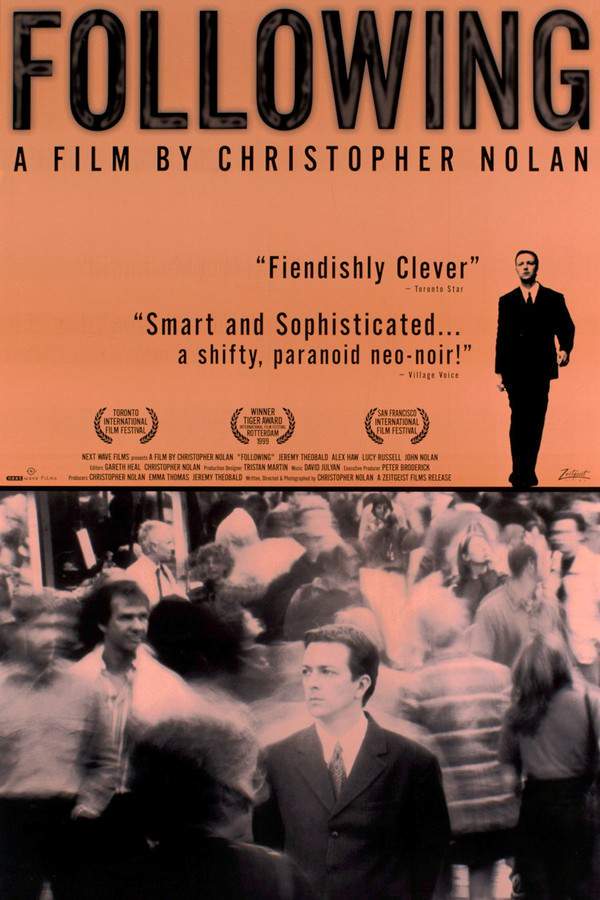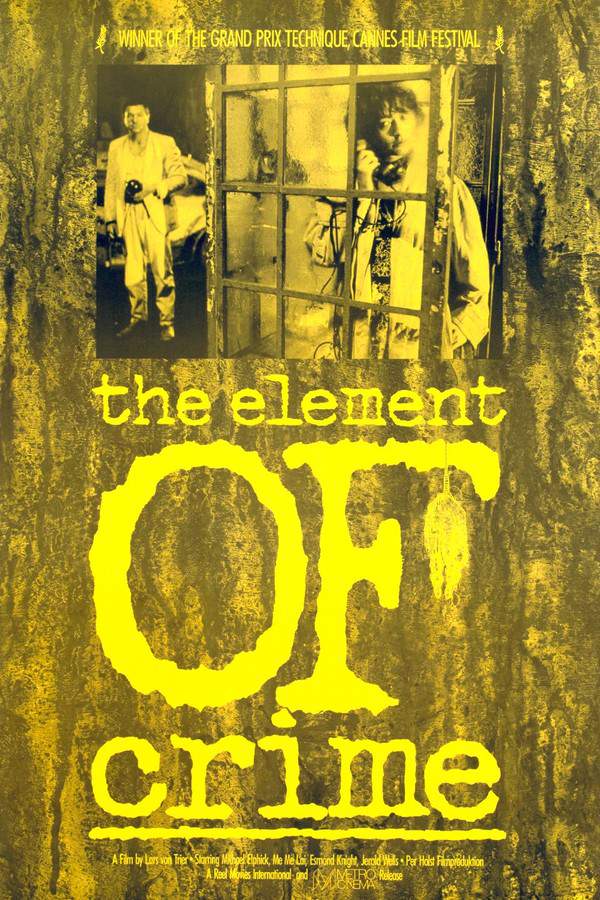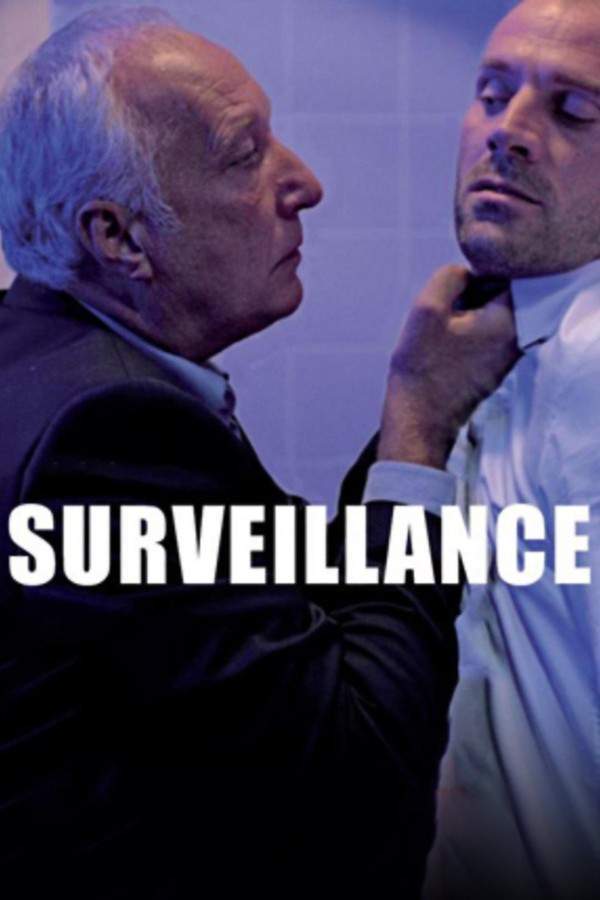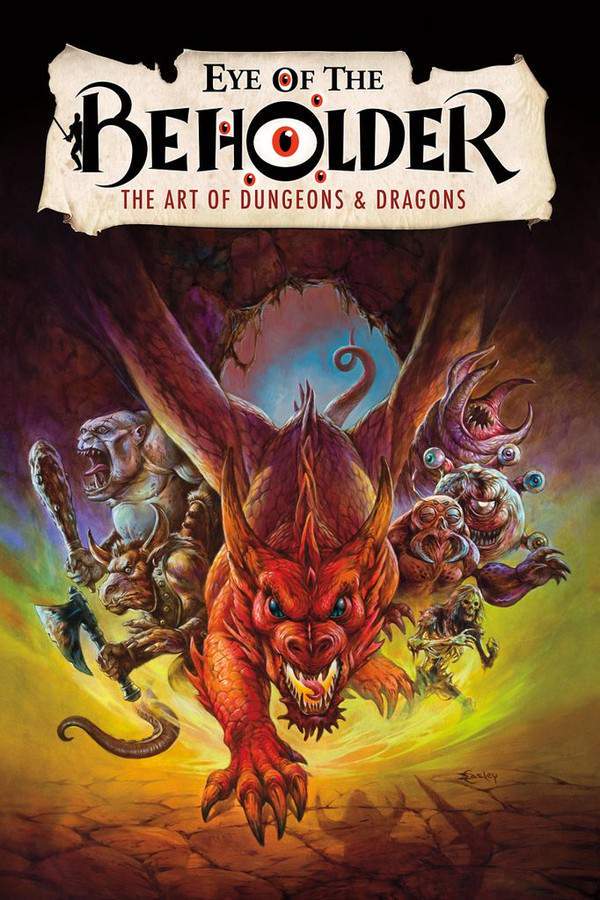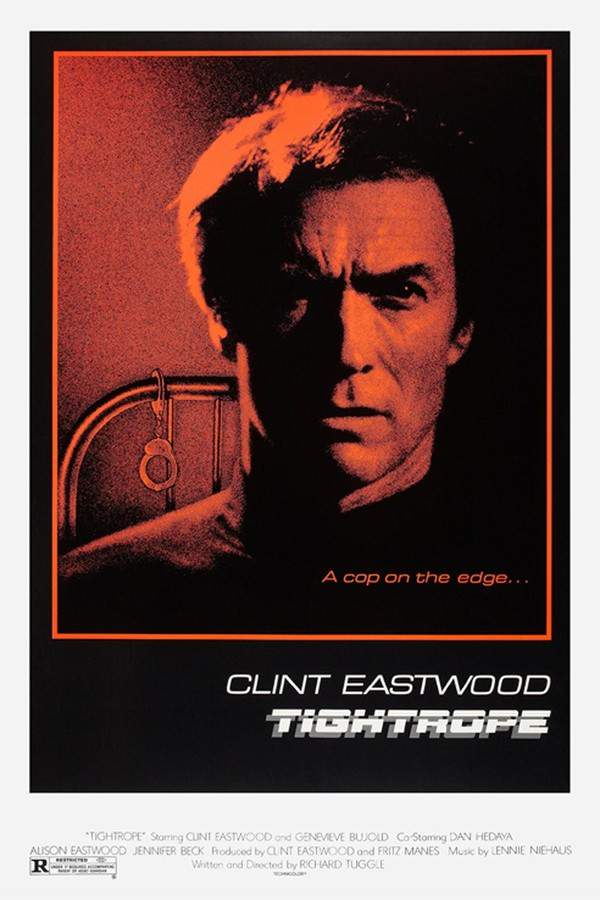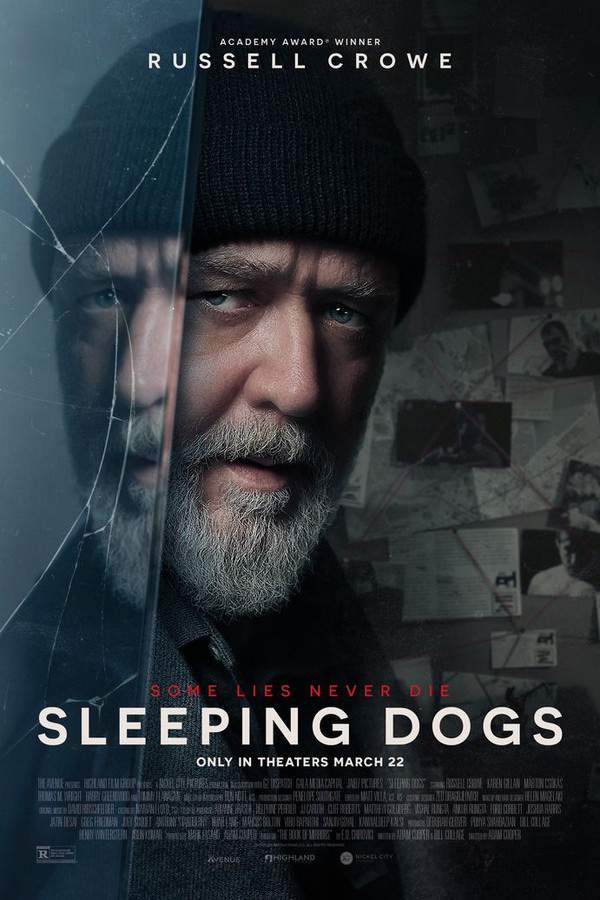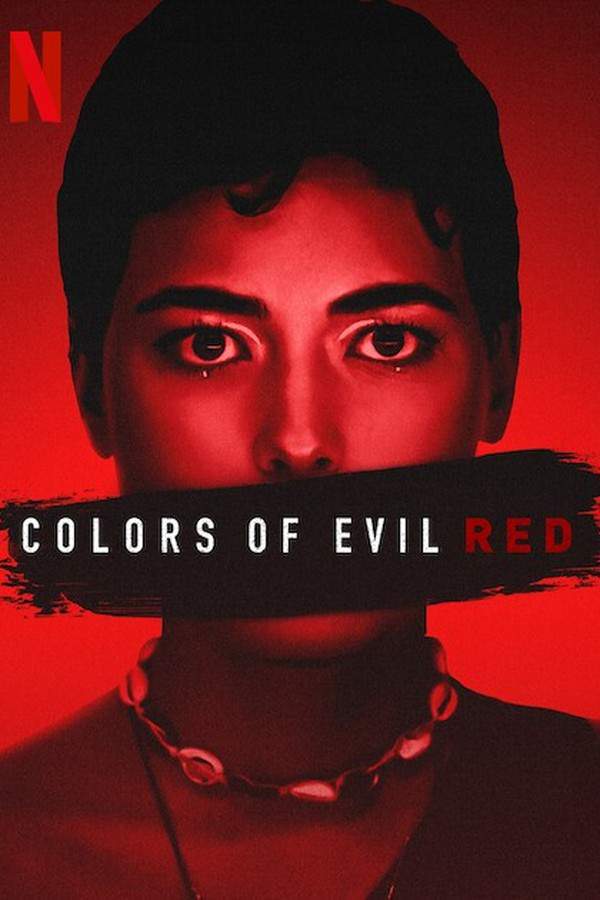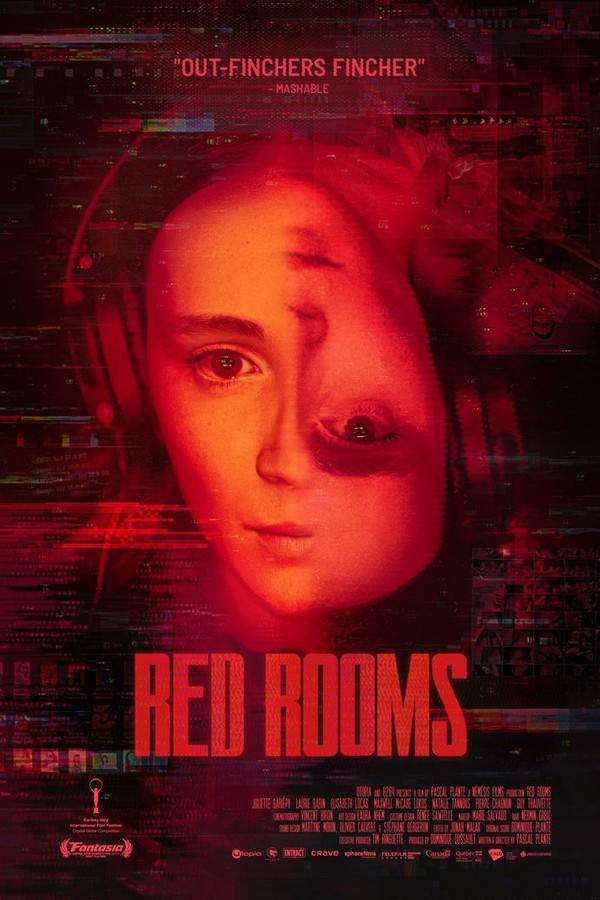
Red Rooms
Haunted by the infamous serial killer Ludovic Chevalier, Kelly-Anne becomes fixated on attending his trial. While a connection with another attendee offers a temporary respite from her isolation, the intensity of the proceedings and Chevalier's unsettling demeanor pull her further into a disturbing obsession.
Warning: spoilers below!
Haven’t seen Red Rooms yet? This summary contains major spoilers. Bookmark the page, watch the movie, and come back for the full breakdown. If you're ready, scroll on and relive the story!
Red Rooms (2024) – Full Plot Summary & Ending Explained
Read the complete plot breakdown of Red Rooms (2024), including all key story events, major twists, and the ending explained in detail. Discover what really happened—and what it all means.
In the bustling city of Montreal, a captivating yet chilling story unfolds as fashion model Kelly-Anne finds herself deeply entangled in the notorious trial of Ludovic Chevalier, a man facing grave accusations of broadcasted murder involving three innocent teenage girls in what has come to be known as the “Red Room”—a seedy corner of the dark web where audiences pay to witness horrific snuff films. With the case garnering sensational attention from media outlets and countless “fans” of Chevalier who believe in his innocence due to his seemingly gentle disposition, the situation serves as a perfect storm for a gripping narrative of obsession, ethics, and the human psyche.
Despite the FBI having provided evidence, including two snuff films, that link Chevalier to these heinous acts, the killer’s use of a balaclava raises doubts about his identity. Indeed, disturbing evidence looms: the discovery of the girls’ remains in Chevalier’s backyard adds another layer of complexity to the unfolding drama. As the courtroom becomes a spectacle, Clementine, a young woman drawn to the courtroom proceedings, strikes up an unexpected friendship with Kelly-Anne. This bond forms after Clementine—who journeyed to Montreal from afar, motivated by a desire to witness the trial—reveals her own challenging circumstances, including her stay in a local homeless shelter.
As the two women grow closer, the contrasts in their personalities become stark: while Clementine passionately defends Chevalier’s character, insisting that his innocence must be proven, Kelly-Anne maintains a colder, more analytical stance. She reveals her unconventional source of income through online gambling and unveils her tech-savvy nature as the programmer behind her own AI, Guinevere. Yet, hidden beneath the surface, Kelly-Anne has embarked on a far more sinister path by cyber-stalking Francine Beaulieu, the grieving mother of Camille Beaulieu—the youngest victim whose snuff video remains elusive to authorities.
As the trial progresses and the tense moment approaches for the court to watch the notorious snuff films, Clementine’s hopes of vindication for Chevalier are shattered when she learns that only the families of the victims will be allowed into the courtroom. Upset by her exclusion, she confides in Kelly-Anne about her desire to view the films, believing they could exonerate Chevalier. However, Kelly-Anne harbors a dark secret; unbeknownst to her new friend, she has already ventured onto the dark web to obtain the films. When the pair returns to Kelly-Anne’s apartment to watch the videos together, revealing the masked killer’s unmistakable blue eyes and unique gait identical to Chevalier, the harsh reality shatters Clementine’s hopeful naivety as she succumbs to tears over both the brutality of the content and the devastation of realizing the truth of Chevalier’s guilt. Faced with this unbearable revelation, Clementine decides to abandon the trial, seeking solace away from the horrid spectacle.
The tragic turning point occurs on Chevalier’s birthday when Kelly-Anne provocatively dons a schoolgirl uniform, resembling the attire of Camille at the time of her murder, complete with a wig and colored contact lenses, in a shocking stunt meant to draw attention to the courtroom. As she is forcibly removed, Chevalier’s eerie wave haunts her, serving as a catalyst for her subsequent downfall; she is subsequently terminated from her modeling agency, her reputation smeared by her impulsive actions.
Determined, Kelly-Anne reaches out to a hacker on the dark web who possesses Camille’s snuff film and is preparing to auction it. Successfully validating her identity, Kelly-Anne enters the bidding war, using her gambling skills to outmaneuver competitors and ultimately secure the film. The moment Kelly-Anne views the gathered footage, a euphoric high washes over her, but paranoia soon creeps in as she fears her activities may have been tracked through Guinevere, leading her to dispose of the AI product in a blender.
In a twisted culmination of her obsession, Kelly-Anne utilizes the confidential information gleaned from the dark web about Francine to bypass her home’s security system. In a horrifying act, she sneaks into Camille’s room dressed as the girl, taking selfies that reflect an unsettling fascination while leaving behind a flash drive containing the damning snuff film for Francine to discover later.
Eventually, news breaks that Francine has turned the flash drive into the police, leading to the undeniable evidence necessary to incriminate Chevalier. As he pleads guilty, the media can finally shift its focus from the trial’s sensationalism to the deep scars left on the families of the victims. Back in her hometown, Clementine attempts to reconcile her previous support for Chevalier during an interview, referring to herself as an “ex-groupie” while mourning the lives lost; she can now only think about the victims and the harrowing truths they leave behind.
Last Updated: November 15, 2024 at 15:33
Ending Explained – What Happens at the End of Red Rooms?
Still wondering what the ending of Red Rooms (2024) really means? Here’s a spoiler-heavy breakdown of the final scene, major twists, and the deeper themes that shape the film’s conclusion.
At the end of Red Rooms, the line between Kelly-Anne’s true identity and her obsession becomes blurred, leaving viewers questioning her motives. Throughout the film, she appears as a detached, almost emotionless woman, highly skilled in navigating the dark corners of the internet where the most disturbing content exists. Her obsession with the trial and the crimes against the three young girls, along with her obsession with Chevalier and the dark web videos, hint at a complex personality that might be a mix of empathy, fascination, and psychological fragility. The film suggests that Kelly-Anne might be a high-functioning sociopath or psychopath—someone with the capacity for extreme acts and a lack of typical emotional responses, yet driven by a desire to seek justice or to understand the darkness that plagues society.
Her relationship with Clem, the fan who romanticizes Chevalier, underscores the film’s critique of society’s obsession with true crime and killers—highlighting how such figures are often fetishized and glamorized, even by those who claim to oppose them. Kelly-Anne’s willingness to go to great lengths, even risking her career and mental stability, to obtain and showcase the videos of Camille’s torture reveals her compulsion and a deeply rooted need for connection to the horror. When she finally uses the videos to confront Chevalier and push the case toward a guilty plea, it feels less like an act of pure justice and more like an attempt to unravel her own inner demons.
The ending’s ambiguity is intentional: Kelly-Anne’s act of dressing as Camille and causing a scene in the courtroom suggests that she may be channeling her obsession or identity crisis—possibly impersonating Camille to process her own trauma or to stake her claim on justice. Chevalier’s silence and her seemingly unreactive demeanor throughout may imply that she’s not entirely emotionally invested in the case but rather caught in a compulsive cycle of destructive behavior. Ultimately, Red Rooms challenges viewers to question the layers of persona, obsession, and morality. It leaves us pondering whether Kelly-Anne is a disturbed observer or an active participant in the darkness, and whether her actions are driven by a genuine desire for justice or a need to validate her own fractured identity. The film’s unresolved ending ensures that the audience is left contemplating the deeper truths about human obsession, trauma, and the boundaries of morality.
Last Updated: June 25, 2025 at 09:02
Explore Movie Threads
Discover curated groups of movies connected by mood, themes, and story style. Browse collections built around emotion, atmosphere, and narrative focus to easily find films that match what you feel like watching right now.
Movies about obsessive unraveling like Red Rooms
Characters become dangerously fascinated with a dark case or person.If you were fascinated by Kelly-Anne's obsession in Red Rooms, these movies explore similar narratives of characters drawn into dark cases. You'll find psychological thrillers and crime dramas where morbid curiosity leads to a dangerous personal investigation, perfect for fans of intense character studies.
Narrative Summary
Stories in this thread often begin with a character on the periphery of a dark event—a trial, a crime, a mystery. Their initial detachment gives way to an obsessive need to understand, leading them down a path of intense research and immersion that compromises their own sanity and safety, often without a clear victory at the end.
Why These Movies?
These films are grouped by the shared character arc of a protagonist falling into an all-consuming obsession. They share a clinical, methodical tone, a high-intensity emotional weight, and a focus on the psychological damage of staring too long into the abyss.
Bleak true crime stories like Red Rooms
Stories that explore the harrowing human cost of violent crimes.For viewers who appreciated the grim realism and heavy emotional weight of Red Rooms, this collection features similar crime thrillers and dramas. These movies focus on the dark psychological impact of violence, often set in courtrooms or investigations, and are perfect for fans of unsettling, non-glamorized true crime narratives.
Narrative Summary
The narrative pattern involves a central, often real-world-feeling crime and its ripple effects on victims, families, investigators, or obsessed outsiders. The plot unfolds with a steady, sober pace, prioritizing emotional realism and moral ambiguity over action or tidy solutions, frequently culminating in a bittersweet or bleak conclusion that underscores the permanence of trauma.
Why These Movies?
These films are united by their unflinching focus on the grim reality of crime and its consequences. They share a dark tone, heavy emotional weight, steady pacing, and a commitment to exploring the psychologically damaging aspects of violence and justice.
Unlock the Full Story of Red Rooms
Don't stop at just watching — explore Red Rooms in full detail. From the complete plot summary and scene-by-scene timeline to character breakdowns, thematic analysis, and a deep dive into the ending — every page helps you truly understand what Red Rooms is all about. Plus, discover what's next after the movie.
Red Rooms Timeline
Track the full timeline of Red Rooms with every major event arranged chronologically. Perfect for decoding non-linear storytelling, flashbacks, or parallel narratives with a clear scene-by-scene breakdown.

Characters, Settings & Themes in Red Rooms
Discover the characters, locations, and core themes that shape Red Rooms. Get insights into symbolic elements, setting significance, and deeper narrative meaning — ideal for thematic analysis and movie breakdowns.

Red Rooms Ending Explained
What really happened at the end of Red Rooms? This detailed ending explained page breaks down final scenes, hidden clues, and alternate interpretations with expert analysis and viewer theories.

Red Rooms Spoiler-Free Summary
Get a quick, spoiler-free overview of Red Rooms that covers the main plot points and key details without revealing any major twists or spoilers. Perfect for those who want to know what to expect before diving in.

More About Red Rooms
Visit What's After the Movie to explore more about Red Rooms: box office results, cast and crew info, production details, post-credit scenes, and external links — all in one place for movie fans and researchers.

Similar Movies to Red Rooms
Discover movies like Red Rooms that share similar genres, themes, and storytelling elements. Whether you’re drawn to the atmosphere, character arcs, or plot structure, these curated recommendations will help you explore more films you’ll love.
Explore More About Movie Red Rooms
Red Rooms (2024) Scene-by-Scene Movie Timeline
Red Rooms (2024) Movie Characters, Themes & Settings
Red Rooms (2024) Ending Explained & Theories
Red Rooms (2024) Spoiler-Free Summary & Key Flow
Movies Like Red Rooms – Similar Titles You’ll Enjoy
Red Lights (2004) Spoiler-Packed Plot Recap
Red Road (2007) Spoiler-Packed Plot Recap
The Den (2014) Story Summary & Characters
Red Lights (2012) Movie Recap & Themes
Colors of Evil: Red (2024) Spoiler-Packed Plot Recap
Red Door (2019) Complete Plot Breakdown
Red Riding Hood (2003) Ending Explained & Film Insights
Red: The Dark Side (2007) Movie Recap & Themes
Red Eyes (1982) Spoiler-Packed Plot Recap
The Red Room Riddle (1983) Detailed Story Recap
The Red Inn (1951) Ending Explained & Film Insights
Red Team (1999) Movie Recap & Themes
Red Room (1999) Plot Summary & Ending Explained
The Red House (1947) Story Summary & Characters
The Red Pastures (1962) Story Summary & Characters

